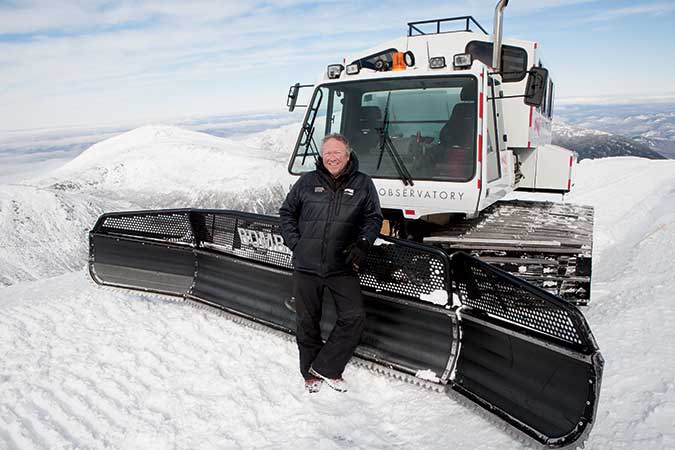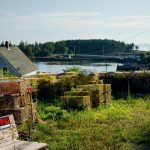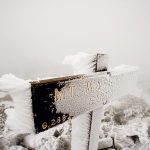Magazine
How’s the Mount Washington Auto Road in Winter?
We asked snowcat operator Slim Bryant what it takes to get up and down the Mount Washington Auto Road in winter. HIs answers may surprise you.

Coffee By Design | Portland, Maine
Photo Credit : Katherine Keenan
Photo Credit : Ian Aldrich
—
“People say to me, ‘Why don’t you use a GPS?’ Well, I don’t want to be a half-mile off, that’s why. The road is a two-car lane. On one side are jagged rocks, on the other a big drop, and that would be bye-bye.”—
“When the weather stinks, it takes a toll mentally. You get into these situations where it’s so white that you can’t really see, and your brain is saying, ‘I can’t help you anymore.’ Your eyes aren’t giving it enough information. You get down and your brain is just mush. You’re ready for a cocktail. Not long after I’d started driving, we got into a storm. We reached this area called the Cow Pasture—it’s at 5,800 feet and is a very flat place on a hill that has no protection whatsoever. The wind just blows the road clean. I’m looking at the lines, and they don’t make sense to me. We stop, and the guy who’s riding up with me gets out, and when he gets back in the cabin, he says, ‘You’re not going to believe this, but we’re heading back down the mountain.’ We’d made a U-turn and I never even knew it. To this day, I have no idea how that happened.”—
“We’re not actually plowing the road, but moving the snow with the least resistance—which means we’re basically creating a new road every time. I’m not going to necessarily plow a 15-foot drift if I can be out around the edge farther and have only a two-foot drift. [Last] year we had some huge, strange snow in some places that changed the direction of the road. There are places on the road that are very curvy, and it made the road very straight. And because we’re not plowing the road, there might be times by the end of winter when you’re driving 16 or 20 feet above the actual road surface. We had a couple of storms [last] year when I was 10 feet higher overnight than I was the day before.”—
“To do this job you’ve got to be well acquainted with the equipment. This is not a mountain to learn on. If you’ve got great experience in running equipment, it will come naturally to you. But it’s like trying to teach someone first aid in the emergency room.”—
“It’s amazing. You stop somewhere and the wind is blowing 70 mph. We all get out and everybody is hanging on to each other, laughing and going, ‘Wow!’ And then you get right back in again where it’s warm. Not many places you can do that. I’ve earned a lot of very good friends who’ve been glad they got a chance to experience it. I had a lady not that long ago in the front seat. I’d left a big row of snow on the edge of the road going up. So on the way down I’m pushing it on down over the bank. She’s on that side, and these huge mounds of snow are just going down the hill. She was going absolutely nuts. I thought she thought she was going to wet her pants, she was laughing so hard.”







I was seeing about jobs on my Washington auto road !!!
I grew up in Berlin. One night it was -47 degrees F in Berlin, which was colder than on top of Mt. Washington, which was most unusual. One of my cousins worked on the Cog Railway one summer and we rode that. That was really fun! My husband and I drove one of our cars up the Auto Road in the summer and it was pretty cold at the summit even in the summer. We could see the Atlantic Ocean from there that day in Maine. One Portland station, WMTW-TV, is broadcast from that summit. (The call letters stand for Mount Washington.) It is an ABC affiliate. My husband and I loved watching the weather forecast broadcasts from the summit station! I believe the gentleman who did those at that time was from Fryeburg, Maine. One of “the weather people” at WCVB-TV located in Needham, MA, whose name is Mike Wankum (I’m not sure that is how he spells his last name!) said he has been to the summit observatory more than once in the winter. He said the weather up there is the most severe he has ever experienced!